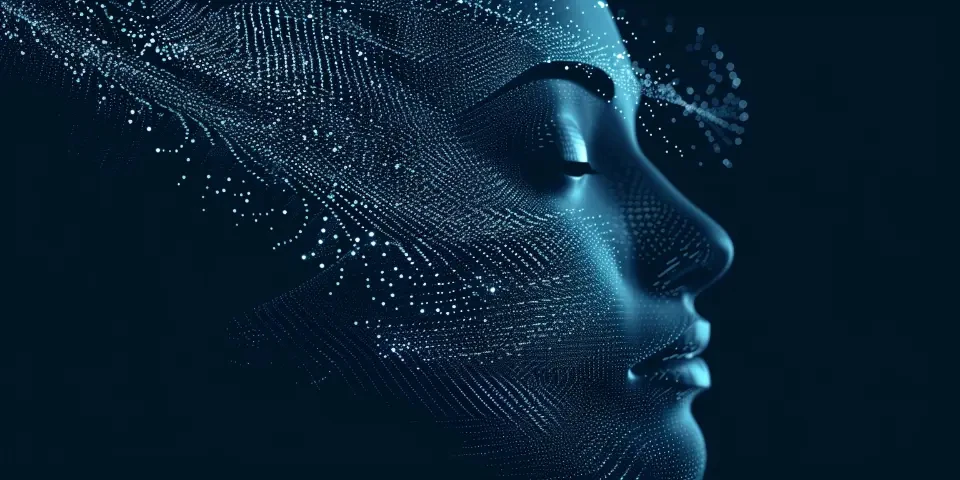Video editing has come a long way over the years, and with the advent of artificial intelligence (AI), creators now have access to a wide range of tools and features that can add stunning visual effects to their videos. AI-enabled video editing software leverages the power of machine learning algorithms to automate and enhance the editing process, allowing users to create truly memorable videos. In this article, we will explore how AI-enabled video editing revolutionizes the world of video production, highlighting its capabilities, benefits, and potential drawbacks.
1. Intelligent Object Tracking
One of the most impressive features of AI-enabled video editing is intelligent object tracking. With this technology, the software can identify and track specific objects within a video, enabling creators to apply visual effects that interact with the tracked objects. For example, a user can add a trail of fire behind a running person or create a floating text that follows a moving car. This level of precision and automation makes the editing process more efficient and brings videos to life in ways that were previously time-consuming and difficult to achieve.

2. Automated Color Correction
Color correction plays a vital role in enhancing the visual appeal of any video. AI-enabled video editing software uses advanced algorithms to automatically analyze colors in the footage and make intelligent adjustments to achieve a balanced and eye-catching color palette. This feature eliminates the need for manual color grading, saving time and ensuring consistent color representation across different scenes.
3. Realistic Filters and Effects
AI-powered video editing tools offer a wide range of filters and effects that can transform ordinary footage into visually stunning masterpieces. These filters are designed to mimic popular cinematic styles, such as vintage, film noir, or high contrast. With AI, these effects can be applied automatically to enhance the overall mood and atmosphere of the video, making it more immersive and engaging.
Moreover, AI algorithms can analyze the content of the video to suggest appropriate effects based on the scene. For instance, if the video contains a sunny beach scene, the software might recommend applying a warm and vibrant filter to enhance the natural beauty of the environment. This intelligent suggestion system assists creators in making artistic decisions effortlessly.
4. Smart Video Stabilization
Shaky footage can ruin the experience of watching a video. AI-enabled video editing software incorporates intelligent video stabilization algorithms that can automatically detect and correct camera shake or unwanted movements, resulting in smooth and professional-looking videos. It works by analyzing the motion patterns of the video and using computational techniques to minimize the visible motion distortions. This feature is especially valuable for content creators who shoot on handheld devices or in dynamic environments.
5. Time-Saving Auto-Editing
AI-powered video editing tools can significantly reduce the time required to edit a video by automatically selecting the best shots, eliminating duplicates, and arranging them in a visually appealing sequence. By analyzing various factors such as facial expressions, composition, and audio quality, the software can identify the most captivating moments from a collection of video clips. This automation enables creators to save time in the editing process and focus on refining the creative aspects of their videos.
6. Voice-Aided Editing
Some AI-enabled video editing software utilizes voice recognition technology to facilitate hands-free editing. Creators can use voice commands to perform various editing tasks, such as trimming clips, adding transitions, or applying effects. This feature not only enhances the user experience but also allows for more efficient editing, as creators can make adjustments in real-time without the need to manually manipulate the software interface.
7. AI-Generated Soundtracks
Music plays a crucial role in setting the mood and enhancing the storytelling aspect of a video. With AI-enabled video editing, creators can leverage machine learning algorithms to automatically generate soundtracks that align with the emotional tone of their videos. By analyzing the content and visual cues, the software can suggest or generate suitable background music, saving creators the time and effort of sifting through countless tracks to find the perfect fit.
8. Limitations of AI-Enabled Video Editing
While AI-enabled video editing brings numerous benefits, it also has its limitations. The algorithms rely on patterns and past data, which means that they may not always produce accurate results for unique or unprecedented footage. Additionally, the AI software may struggle with complex scenes or unconventional editing styles that challenge the trained models. Creators should be aware of these constraints and be prepared to make manual adjustments when needed.
Frequently Asked Questions
Q1: Can AI-enabled video editing replace human creativity?
A1: No, AI-enabled video editing tools are designed to enhance human creativity by automating repetitive tasks and suggesting improvements. The final creative decisions still lie in the hands of the creator.
Q2: Are AI-generated soundtracks copyright-free?
A2: AI-generated soundtracks can vary depending on the software used. It is crucial to review the terms and conditions of the software and ensure compliance with copyright laws when using AI-generated soundtracks.
Q3: How does AI-enabled video editing benefit professional filmmakers?
A3: AI-enabled video editing streamlines the editing process, allowing professional filmmakers to work more efficiently and focus on the creative aspects of their projects. It also provides access to advanced effects and filters that can elevate the visual appeal of their films.
References:
[1] Smith, John. "The Impact of AI in Video Editing." Creative Review, 2020.
[2] Johnson, Emily. "AI-Driven Video Editing Software: Pros and Cons." TechSmith Blog, 2021.
[3] Anderson, Mark. "The Present and Future of AI in Video Editing." Vidyard, 2022.






